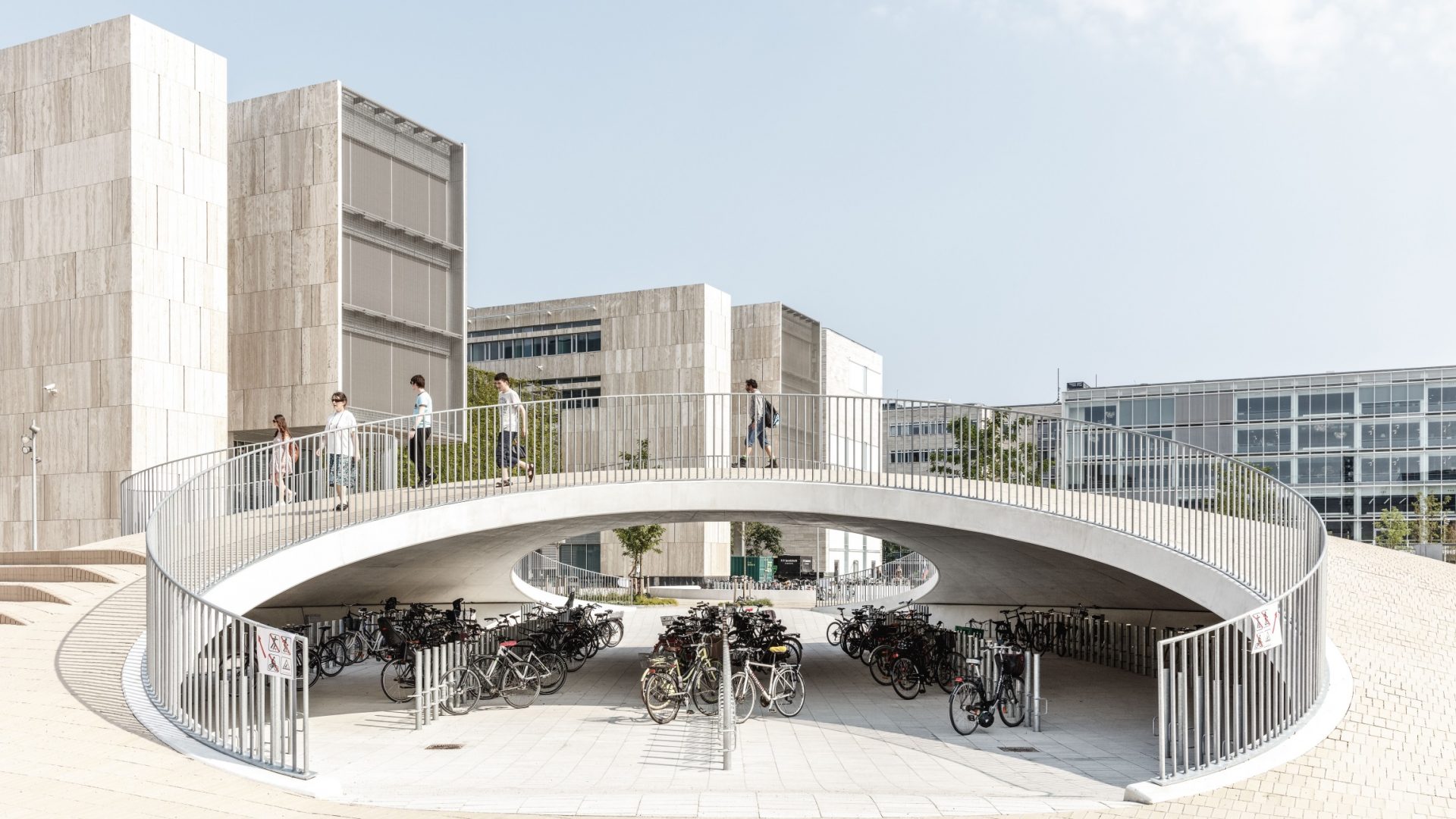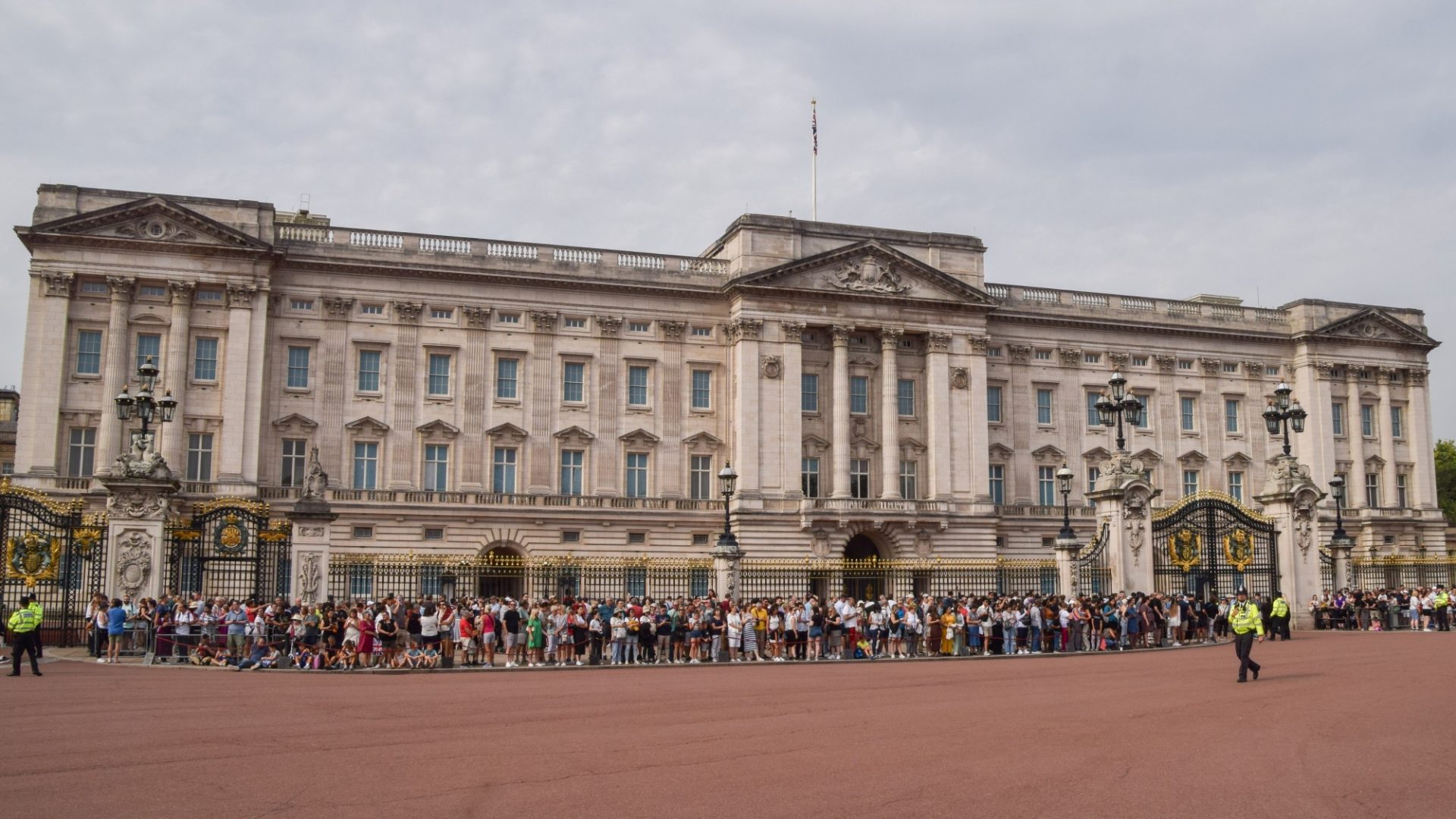Within the world of art and design, there are few institutions that possess the resonance and promise of the Bauhaus. Although the legendary, pre-war German school was relatively short-lived, its influence was profound, with the Bauhaus leading the way in the evolution of progressive modernist design. It was home, for a time, to many of the great modernist pioneers, including Walter Gropius, Ludwig Mies van der Rohe and Marcel Breuer. The Bauhaus promoted the belief that good design could make for a better world, while encouraging a multi-disciplinary approach that fused art, craft and technology.
So when the European Union president, Ursula von der Leyen, announced the launch of “The New European Bauhaus” in 2020, there was – understandably – some excitement. “I want NextGenerationEU to kickstart a European renovation wave and make our union a leader in the circular economy,” said von der Leyen in her state of the union address. “But this is not just an environmental or economic project: it needs to be a new cultural project for Europe. This is why we will set up a new European Bauhaus – a co-creation space where architects, artists, students, engineers, designers work together to make that happen. This is shaping the world we want to live in.”
While it’s early days for the New European Bauhaus, with its remit and ambitions still being defined, the focus on collaboration and connectivity between the disciplines is important in itself. Over the last three years, the New European Bauhaus has sought to bring together thousands of contributors to shape its initial programme, while launching conferences and prizes. Research funding has been drawn in from the Horizon Europe programme and European Regional Development Fund, with a focus on applying new thinking to the European Green Deal and demonstrating “how sustainable innovation offers tangible, positive experiences in our daily life”. A think tank called the New European Bauhaus Lab has been established, while its round table has brought together major figures such as the architect Bjarke Ingels, Pritzker Prize laureate Francis Kéré, climate scientist Hans Joachim Schellnhuber, ecologist Thiëmo Heilbron and artist Emeka Ogboh.
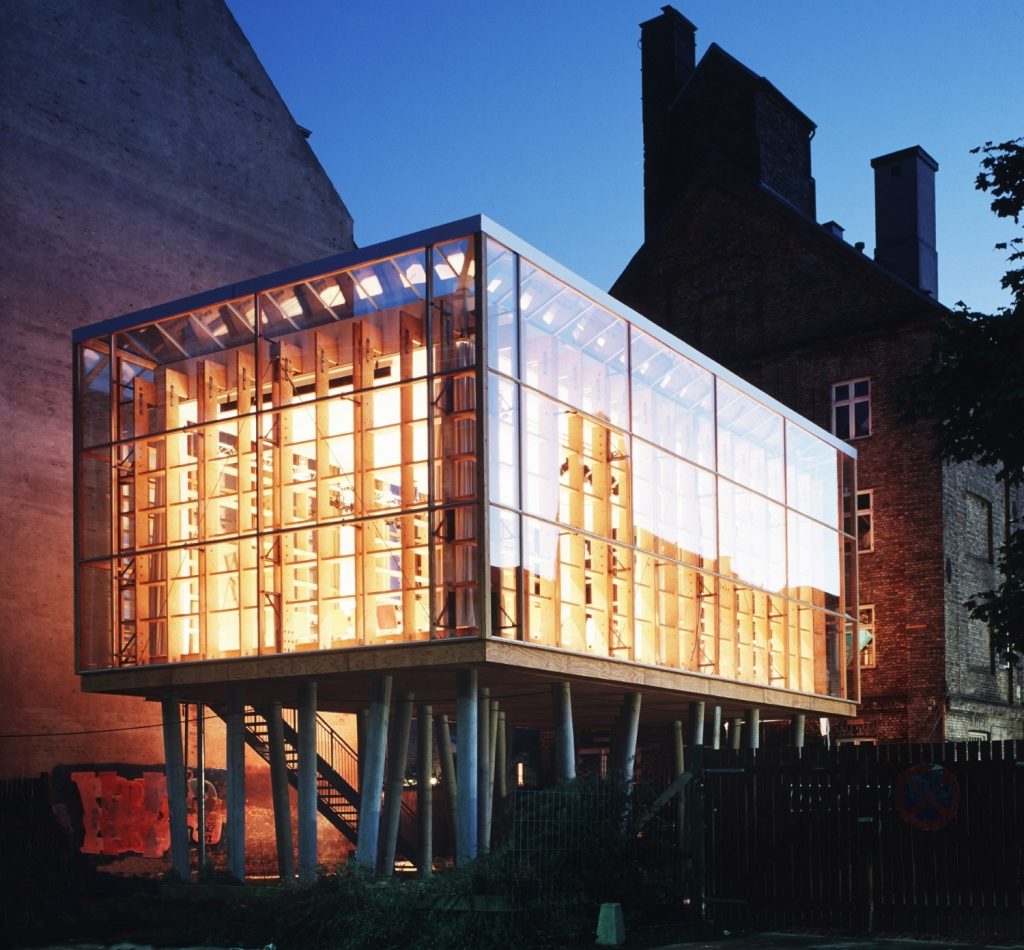
The original Bauhaus, established in 1919 and at its height during the 1920s and early 30s, was built on the idea of collaboration and cross-fertilisation between the various disciplines of art, craft and design, with a focus on innovation and new materials and ways of making. Based first in Weimar and then at Dessau, the school brought together painters, sculptors, graphic designers, set designers, architects, woodworkers, photographers, textile designers and others. Experimentation was encouraged, and so was constant connectivity between these many different fields of study. These ideals continued across the various incarnations of the Bauhaus, which was eventually shut down in 1933 after coming under increasing pressure from the Nazi authorities.
In his original Bauhaus Manifesto of 1919, the architect and designer Walter Gropius called for collaboration between artists, designers and craftsmen as a priority, arguing for a completely new approach to education and creativity. As the founding director of the Bauhaus for the first 10 years of its life, Gropius shaped the institution and established the idea of a general foundation course followed by an apprenticeship in one of the school’s workshops, leading on to confirmation as “a young master”.
Many of the young masters stayed on, becoming tutors themselves. At the Bauhaus Dessau, Gropius and his colleagues designed and built a new campus as well as houses for its masters, which encapsulated many key modernist principles while also creating a community where cross-fertilisation was always encouraged. The masters included artists such as Paul Klee and Wassily Kandinsky, as well as architects and designers such as Mies van der Rohe and Breuer.
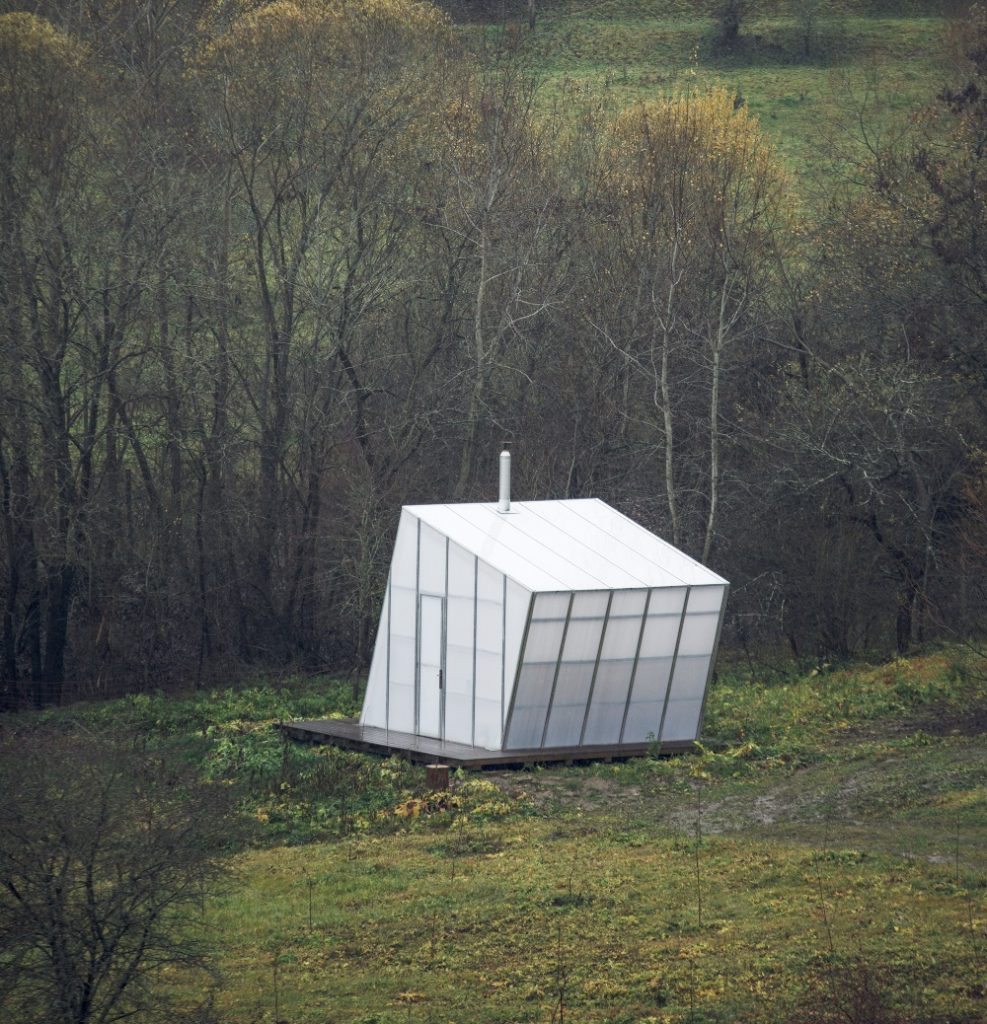
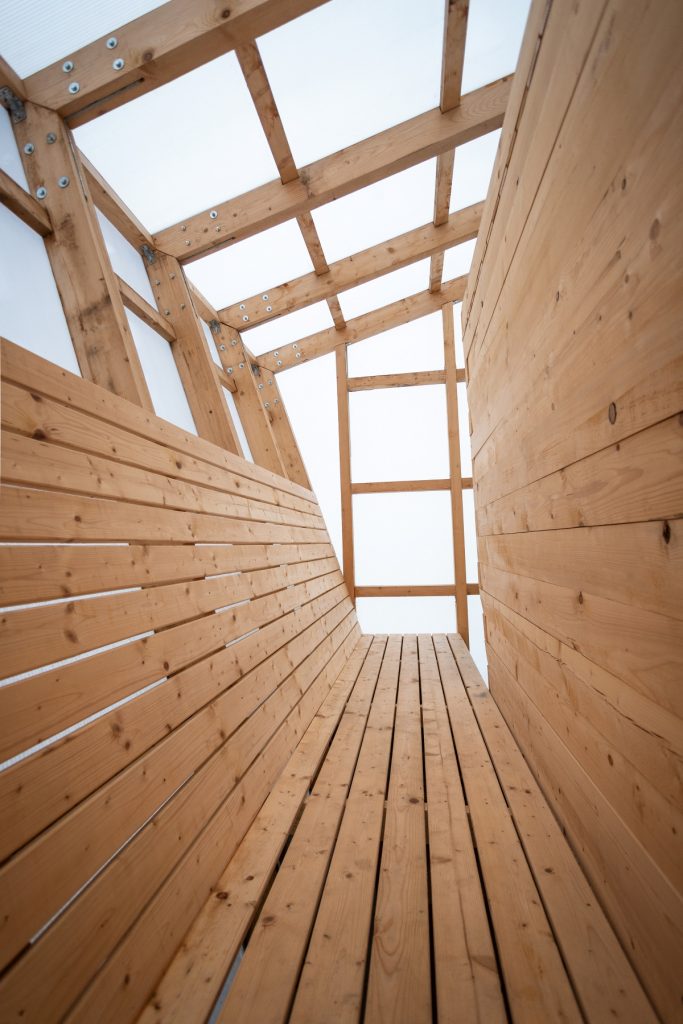
In many ways, Breuer encapsulates the collaborative and progressive spirit of the Bauhaus. He trained at the Bauhaus himself before becoming the director of the furniture workshop at the Dessau campus, developing a collection of innovative tubular steel furniture during his tenure, which sat well with the ideal of affordable, democratic design. During his brief interlude in London during the 30s, Breuer collaborated with the architect FRS Yorke and the entrepreneur Jack Pritchard, who commissioned him to design a range of plywood furniture under the Isokon name. Like many of his former Bauhaus colleagues, Breuer made his way to America during the run-up to the second world war, rejoining Gropius at Harvard and working with his former mentor on architectural projects. Later, he established himself as one of the most original mid-century architects, with his many landmark projects including the Unesco headquarters in Paris, which was – in itself – collaborative, with contributions from the engineer Pier Luigi Nervi and artworks by Henry Moore and Joan Miró.
Like many of the great mid-century designers, Breuer was a positive polymath and open to collaboration. Similarly, contemporaries such as Gio Ponti, Charles and Ray Eames and Eero Saarinen were happy to criss-cross the borders between the disciplines and collaborate with artists and engineers alike. Such openness seemed to become more and more rare as the 20th century accelerated, as specialisation took hold across the arts, sciences and academia. This may have led to higher standards of achievement in specific fields and important research, yet the importance of inter-departmental communication was increasingly neglected.
But the legacy of the Bauhaus lingered and stayed in the collective memory. Graduates of the Bauhaus not only helped to shape the postwar world, but made their own mark upon other academic institutions and educational programmes within both Europe and America. One thinks, for example, of the Ulm School of Design, co-founded by former Bauhaus student and designer Max Bill, which was influential in its own right during the 50s and 60s. Former Bauhaus tutor, abstract artist and colour theorist Josef Albers made a significant impact with his teaching at Black Mountain College and Yale; his students included Robert Rauschenberg and Richard Serra.
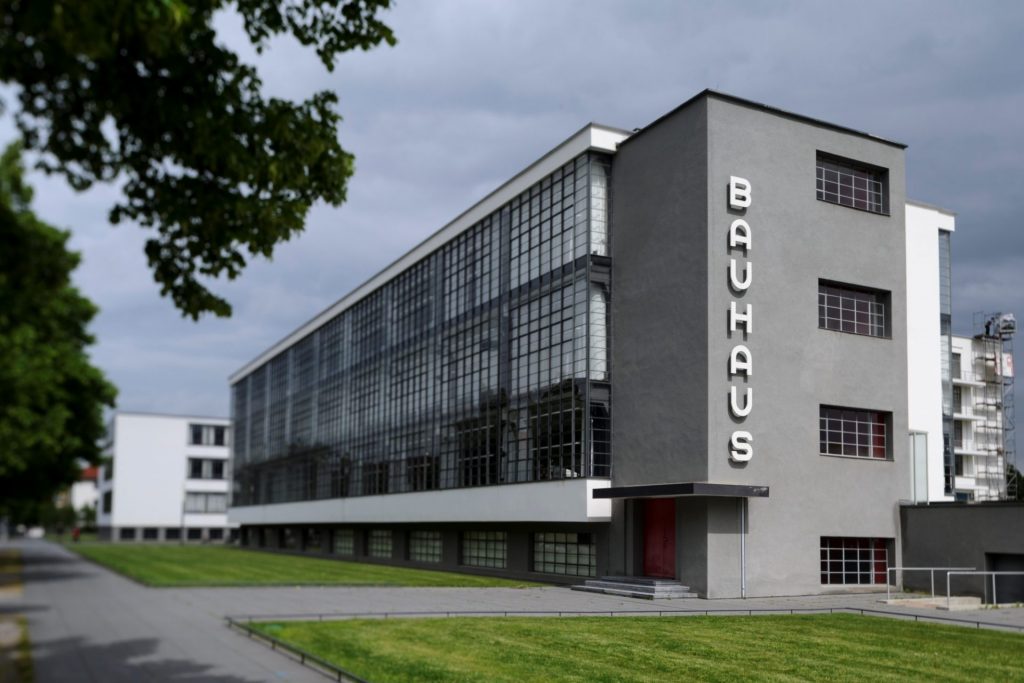
The fresh focus on multi-disciplinary connectivity offered by the New European Bauhaus initiative is also significant. Like the original Bauhaus, the initiative stresses the importance of establishing a bridge between art and science, as well as culture and technology. The themes and values highlighted in the programme are aesthetics, inclusion and sustainability, with the need for “green solutions” providing one of the main drivers of the 21st-century Bauhaus.
The latest news is the announcement of a proposed New European Bauhaus Mission “to transform neighbourhoods across Europe for the better”. The EU describes the new Bauhaus as a catalyst for green transformation, just at a time when the UK’s own government seems to be watering down many of its own commitments to the environment.
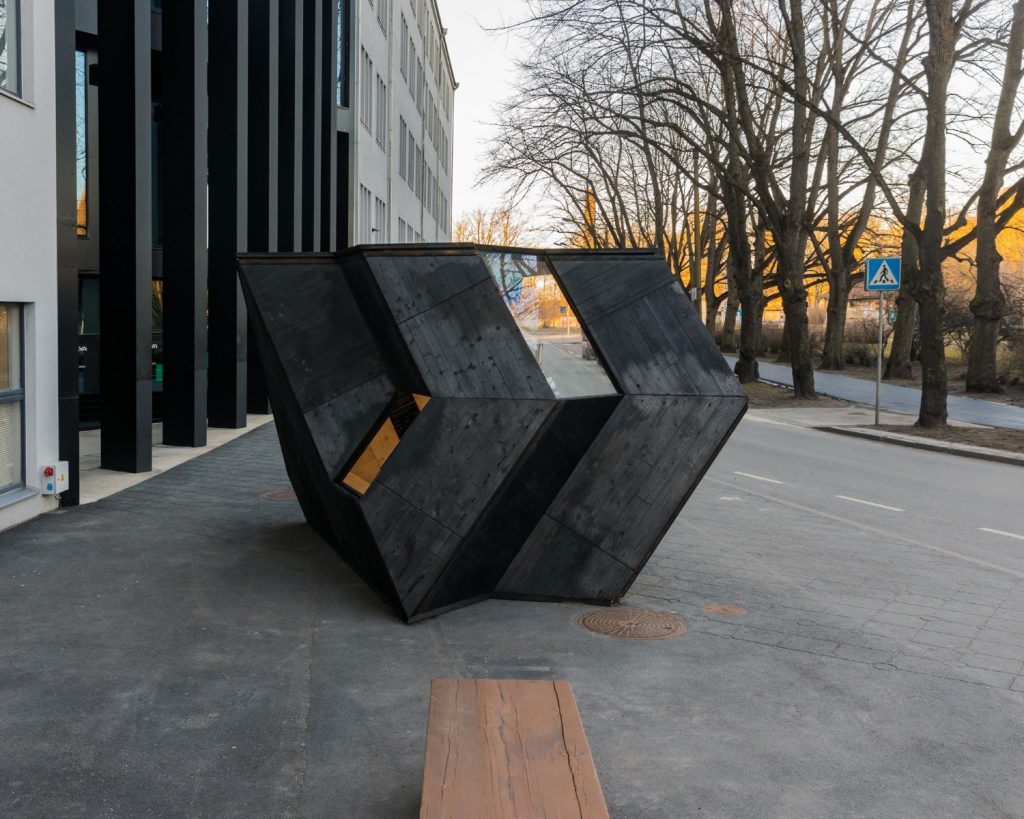
Clearly, Britain will need its own green deal before long and a renewed push towards more sustainable patterns of living. As is the case in Europe, multi-disciplinary thinking and inter-departmental communication will have to play a part in the development of such a vital revolution.
And there are some early signals of greater openness to collaboration back at home, as seen for example in a new initiative pioneered by Norwich University of the Arts looking at the impact of climate change in East Anglia. Conceived by Prof Louis Nixon and supported by the Broads Authority, this new research programme will use 3D modelling, volumetric video and other techniques to translate future flood risk projections into an immersive, virtual world showing the potential impact of flooding on the Norfolk Broads and the East Anglian coastline. The project “will facilitate greater collaboration between creative practitioners and the technology sector”, suggesting that the multi-disciplinary model offered by the Bauhaus and its successors may have fresh relevance in the UK as well.
Dominic Bradbury’s latest book, The Iconic British House, is published by Thames & Hudson this month.

